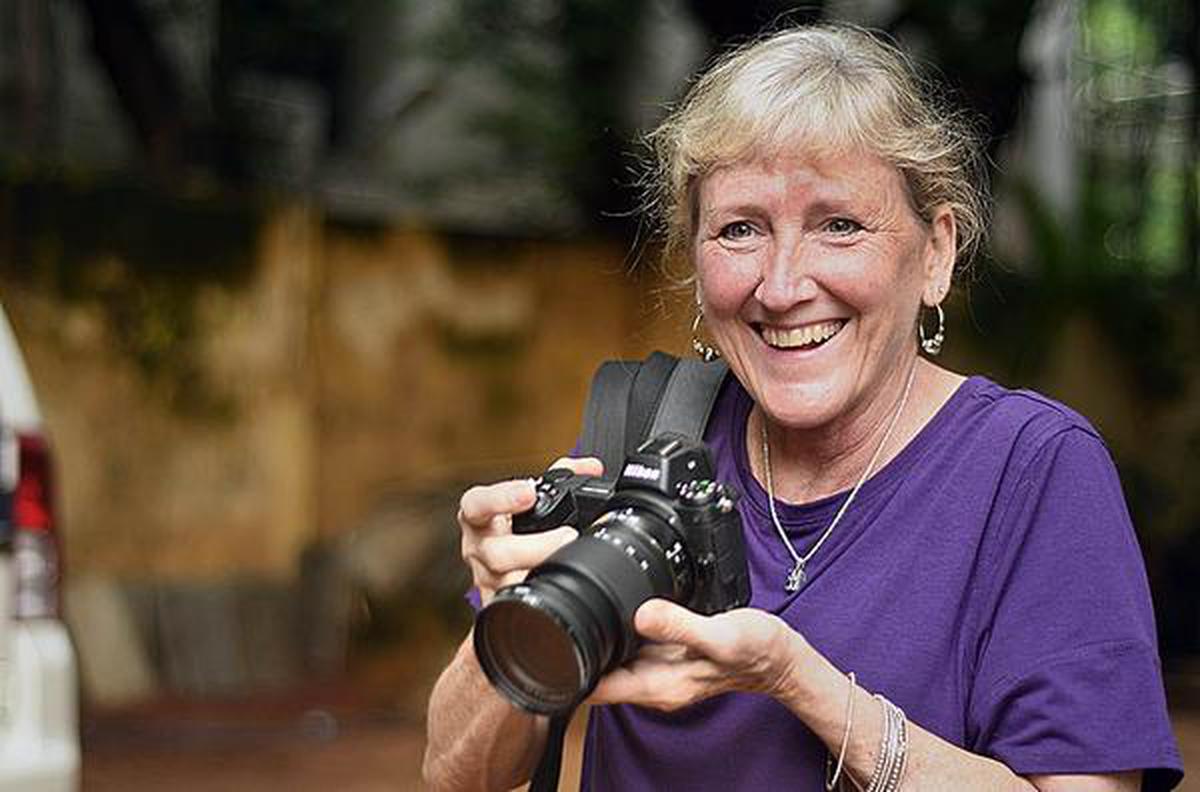Together with Carolyn Cole, Lynsay Addario and others, they follow in the footsteps of Lee Miller, Gerda Taro, Tina Modotti and Kati Horna, war photographers.

Carol Guzy
Pennsylvania, 07-03-1956
Període d'activitat: 1985 — Encara activa
Classificació geogràfica: Amèrica > Estats Units
Moviments socio-culturals
Edat contemporània > Moviments artístics des de finals del s. XIX > Art des de l'últim terç del s. XX
Fites històriques > Postguerra mundial
Fites històriques > La guerra freda
Grups per àmbit de dedicació
Sanitàries > Infermeres
Escriptores > Periodistes / Cronistes
Artistes plàstiques, visuals i escèniques > Fotògrafes > Foto reporteres / Fotoperiodistes
Context de creació femenina
Ressenya
Carol Guzy has won numerous awards, including four Pulitzers, for her work on disasters, wars, conflicts, and all kinds of situations, in which she has photographed the consequences suffered by innocent people. According to her, her nursing studies provided her with a point of view without which her photographic work would be very different, since it helped her to empathize and share the suffering of others.
Activitats
Justificacions
Biografia
Guzy was born into a working family in Bethlehem, Pennsylvania. She received her nursing degree from Northampton Community College in 1977, but later turned to photography and studied at the Art Institute of Fort Lauderdale in Florida. After graduating in 1980 and after several internships, she began working at the Miami Herald and later at the Washington Post.
In 1986 she won her first Pulitzer for the photos of the catastrophe caused in Colombia by the eruption of the Nevado del Ruiz volcano. She was the first woman to win this award in this category.
In 1989 she won the National Press Photographers Association's Newspaper Photographer of the Year award and a year later became the first woman to be named Photographer of the Year in the prestigious annual Picture of the Year competition.
In the first half of the 1990s, Guzy worked in many different countries and photographed, for example, the breakup of the Soviet Union and the fall of totalitarian regimes in different republics, post-war Somalia, or the devastating aftermath of Hurricane Andrew in Florida. The resulting portfolio earned her the top prize for Picture of the Year in 1993 out of 1,500 entries.
Her second Pulitzer came in 1995 for her reporting on the US military intervention in Haiti, and her third in 2000 for her work on refugees from Kosovo. She won the fourth and final Pulitzer Prize in 2011 for her work on the earthquake that struck Haiti in 2010.
According to herself, no matter how hard her work is, her job is to tell what is happening. For this, she considers that the fact of being a woman is an advantage, because the people photographed feel less intimidated and open up more.
Biography translated and adapted from <https://en.wikipedia.org/wiki/Carol_Guzy> and from <https://www.encyclopedia.com/history/encyclopedias-almanacs-transcripts-and-maps/guzy-carol> (retrieved on 12/04/2022)
Obres
Reports on different conflicts and natural disasters in Somalia, the former Soviet republics, Florida, Haiti, Kosovo, etc., and published in different American newspapers
Bibliografia
<https://www.theguardian.com/media/2012/jul/28/gutted-photographers-who-didnt-help> (12/04/2022)
<https://www.encyclopedia.com/history/encyclopedias-almanacs-transcripts-and-maps/guzy-carol> (12/04/2022)
Enfocament Didàctic
English: to reflect, based on articles such as the one quoted from The Guardian, on whether people who report a conflict should intervene in specific situations. She can also be studied as regards her professional life or information on her website, since everything is in English.
She can also be studied in the subject of cItizenship to reflect on human rights, women's rights and gender violence, and how the consideration it has in society and in legislation has evolved.